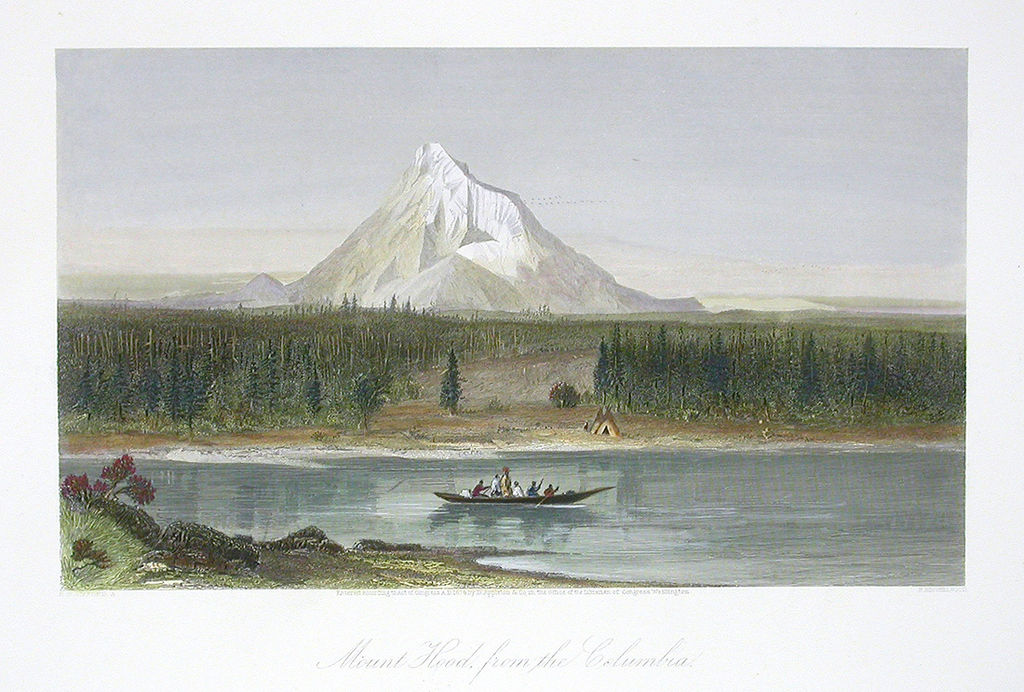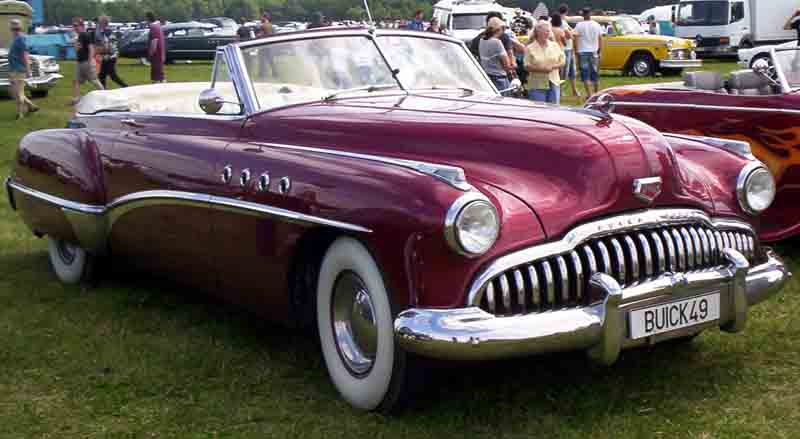I am comparing options for whole life for someone age 40 versus indexed Universal Life (IUL) with a goal of cash value accumulation. See my prior post on June 1st to review the IUL quotes.
For someone in their 40’s whole life is a very attractive option. Dividends build over time and have a much longer track record than IUL performance. Participating, par for short, Whole life dividends historically have been dependable each year year after year in a stable range. With an IUL crediting can be zero or anemic if there is a down market. Premium flexibility is much better with an IUL at least in the first 15 to 20 years. With a whole life you got to wait until the dividends build up before dividend crediting gives any meaningful premium flexibility.
Whole Life can provide retirement income tax free with partial withdrawals and loans. Also the policy holder can receive annual cash dividends in meaningful amounts.
The method here is to run apples-to-apples quotes, full illustrations, and in the tables section compare dividends and cash value accumulation values. Since the individual is age 40, I compared values at year 25, age 65, a retirement age benchmark.
Male age 40, preferred plus non-tobacco rate
Whole Life
Company #1
$500 monthly premium
solve: base
$363,285 initial death benefit (best)
year 25 non guaranteed
$229,649 cash value
$7,372 dividend
$508,984 death benefit
Next solve as a minimum non-MEC.
Company #1
$500 monthly premium
solve: minimum non-MEC
$180,227 initial death benefit
year 25: non guaranteed
$259,604 cash value (best)
$7,786 dividend
$498,810 death benefit
Note the non-MEC quote design suppressed the initial death benefit from $363,285 to $180,227. This allows for better cash value projections and higher dividends. Notably by year 25 the death benefit has nearly caught up: $498,810 versus $508,984, so the additional $30k of cash value accumulation makes the non-MEC strategy worthwhile in the long run for both key elements.
Now compare these results using the same premium to a competitive company which has a paid up age 65 Whole Life product.
Company #2
$500 monthly premium
solve: base
$224,711 initial death benefit
year 25: non guaranteed
$225,285 cash value
$7,943 dividend (best)
$384,406 death benefit
Comments: In my prior blog post for Indexed Universal Life (IUL) at $500 a month projected a non guaranteed cash value accumulation of $268,559 at year 25. But is that a realistic projection? The IUL illustration assumed 5.00% crediting each and every year. In the real world index crediting tied to equities won’t perform that way, and it’s debatable it will average out.
What’s preferable whole life or IUL? Choice boils down to committing to whole life’s premium or having the wiggle room to your budget over the years with an IUL’s greater premium flexibility. Whole Life’s dividends are steady year by year with cash value guarantees, yet an IUL conceivably with sufficient much better crediting years could produce higher cash value accumulation.
 In a quote comparison of Survivorship Indexed Universal Life (IUL) products with cash value accumulation as the objective, Penn Mutual outperformed the competition with their “Survivor Plus IUL” plan.
In a quote comparison of Survivorship Indexed Universal Life (IUL) products with cash value accumulation as the objective, Penn Mutual outperformed the competition with their “Survivor Plus IUL” plan.



 Licensed Agent: Sean Drummey
Licensed Agent: Sean Drummey

